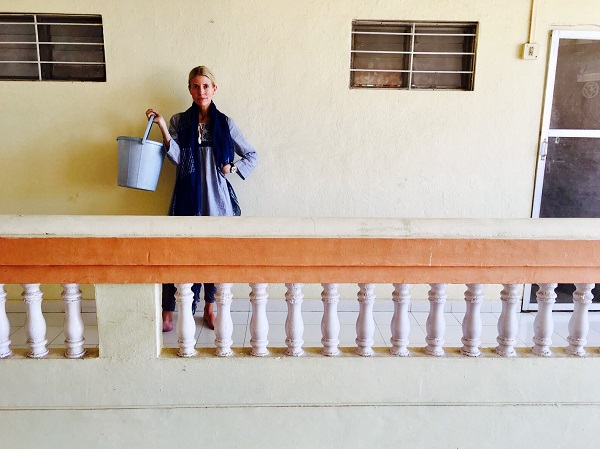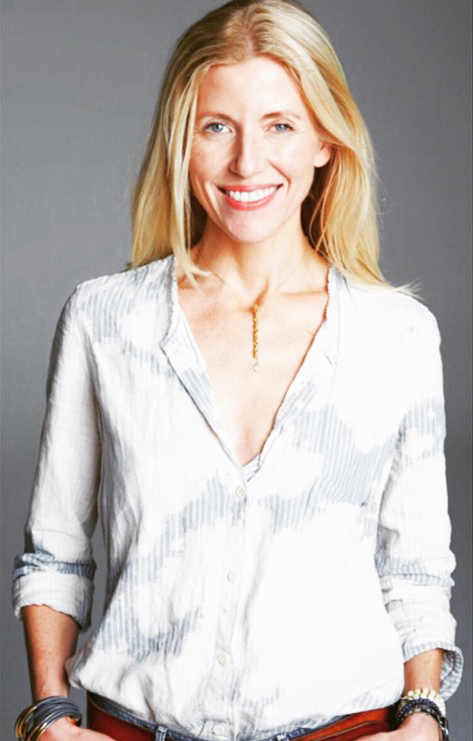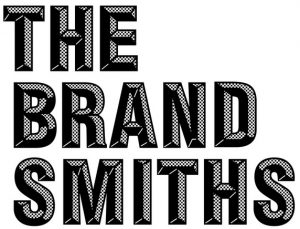
Trymbakeshwar, India
The bucket shower = a product worth iteration.
I recently read about new bar concept in Los Angeles. To be more specific, the concept was “a bar within a bar” – surely a watering hole for the coolest of the cool. This is an idea curated for those among us who can no longer be bothered with a cool standalone bar, cool hotel lobby bar or even a cool restaurant bar. This bar (within an existing bar) has no visible sign (of course), and earnestly offers only six drinks – all of which, upon reviewing the menu- you could get at an airport. It would be one thing if they were importing Turkish cherries or growing their own sage. But their big idea was to merely tuck a tinier, more exclusive bar, behind a bigger more public one — and take that to market. Hmmm.
Private clubs, password protected back rooms and speakeasy ‘underground’ concepts aren’t new, but I have to laugh at these new attempts at manufactured secrecy/hip factor. They can only find an audience when good has gotten so good, that it’s not good enough.
We see this in a lot of categories.
Should Audi be featuring terroir-sourced tea as part of their new perks program?
Do men need a 3-step facial hair regimen: beard oil, beard balm, and beard wash?
Do our water bottles need charged gemstones… to be truly hydrating?
Does a Snickers bar really need to be fried? (Okay, sometimes.)
Does a VIP room…need a VIP room?
I don’t begrudge anyone’s creativity nor would I want to dampen any entrepreneurial spirits — ever. But…I am going to laugh, in a loving way, at the machine responsible for it.
When we take ideas that work, but then feel compelled to make them more mysterious, exciting or “authentic,” are they potentially having the opposite effect? At what point do we gild the lily? When does a product or service go from inventive…to contrived? When is enough, enough, or too much…too much?
Iteration is a buzzword, and many feel pressure to make it the status quo. But lately, I lean toward forgoing novel and newsworthy in favor of effective and singular. Maybe we just need permission to get better at the (one) thing we do best.
Quite often, that is original enough.






